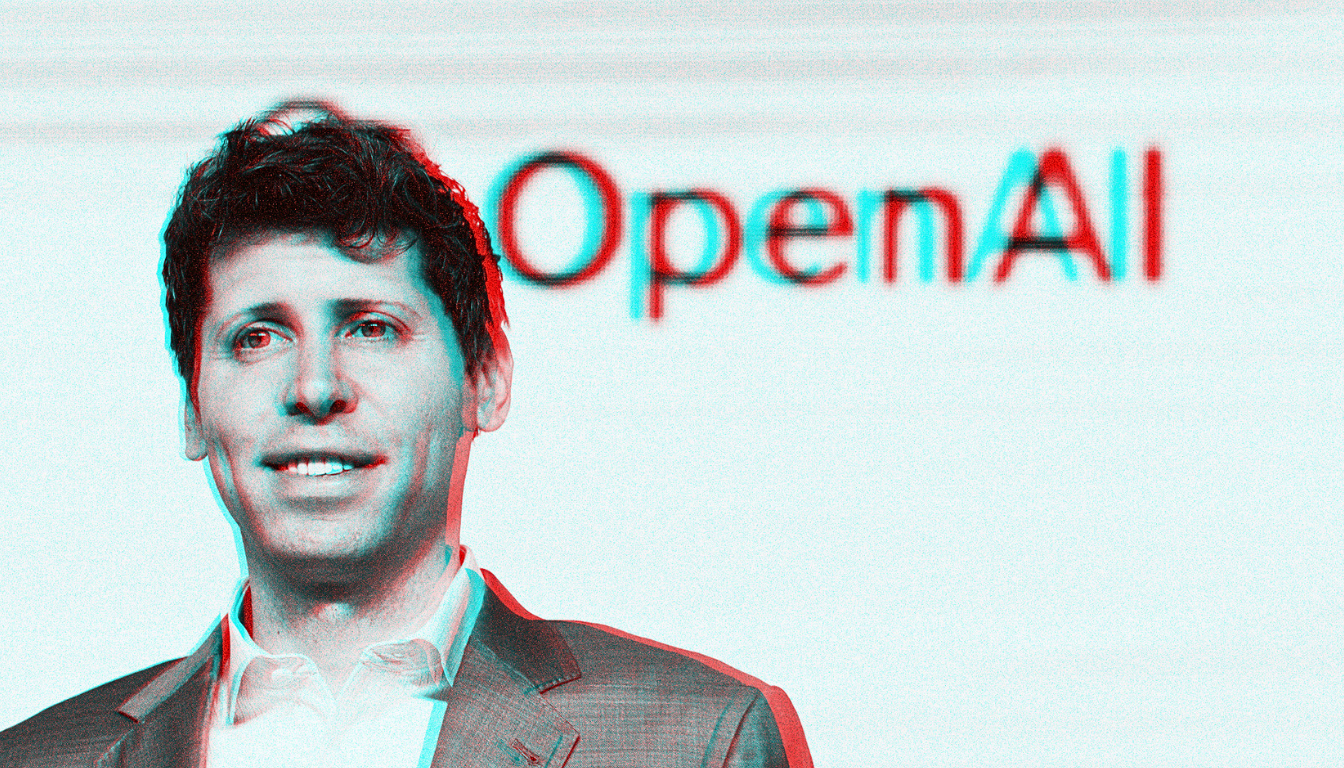At CES 2025, Nvidia unveiled Digits, a $3,000 personal AI supercomputer poised to transform how individuals interact with artificial intelligence. Traditionally, harnessing the power of advanced AI models required access to expansive cloud infrastructure or corporate-level resources. With Digits, Nvidia aims to democratize AI, giving researchers, data scientists, and developers access to unparalleled computational power right from their desktops.
The Hardware Behind Digits Supercomputer
Digits is compact, no larger than a small book, but its capabilities are far from modest. At its core is Nvidia’s GB10 Grace Blackwell superchip, a cutting-edge processor designed for AI computations. This chip includes 128 gigabytes of unified memory and supports up to 4 terabytes of NVMe storage, making it possible to run large-scale AI models without relying on cloud computing.
The hardware is specifically optimized for AI tasks, enabling users to train and deploy models containing up to 200 billion parameters on a single unit. For larger tasks, such as running Meta’s Llama model with 405 billion parameters, two Digits machines can be interconnected using Nvidia’s high-speed interconnect system. This versatility puts advanced AI capabilities within reach for individuals and small teams, bypassing the need for costly data center services.
A Standalone Solution for AI Development
Nvidia’s Digits represents a significant departure from the traditional reliance on cloud providers like AWS or Microsoft Azure. By offering a standalone supercomputer, Nvidia provides users with complete control over their AI workloads. This shift is particularly appealing to those working with open-source models, as it eliminates the dependency on external platforms and reduces recurring operational costs.
For researchers and developers exploring cutting-edge models like OpenAI’s GPT-4 or Google’s Gemini, Digits opens up new possibilities. Previously, training or fine-tuning large models required enormous financial and technical resources, limiting such efforts to corporations and well-funded institutions. With Digits, individuals can now undertake these projects on their own terms, fostering innovation in the AI community.
The Strategy to Make AI More Accessible
The introduction of Digits is part of Nvidia’s broader strategy to make AI technology more accessible. By lowering the barriers to entry, the company is empowering smaller organizations and individual professionals to compete in a space traditionally dominated by tech giants. This democratization of AI has far-reaching implications for innovation, allowing a wider range of voices and perspectives to shape the future of artificial intelligence.
For students, independent researchers, and startups, the ability to work with advanced AI tools without relying on external infrastructure is a game-changer. It levels the playing field, enabling smaller players to contribute to advancements in areas such as natural language processing, computer vision, and machine learning.
Implications for the Tech Industry
Nvidia’s move to bring AI supercomputing to the desktop reflects broader trends in the tech industry. As AI continues to evolve, demand for accessible, high-performance hardware has grown. Tools like Digits cater to this demand, providing a bridge between the raw power of data centers and the portability of consumer-grade devices.
By offering a solution that balances affordability and capability, Nvidia is positioning itself as a leader in the next phase of AI adoption. The company has already played a central role in powering AI development across industries, and with Digits, it seeks to extend its influence to individual innovators and small-scale operations.
Expanding AI’s Reach and Autonomous Agents
Beyond Digits, Nvidia also announced new tools designed to support the creation of autonomous AI agents. These tools aim to simplify the process of building AI programs capable of performing tasks without human intervention. This aligns with the industry’s shift toward AI-driven automation, where intelligent agents play a key role in optimizing workflows and improving productivity.
By integrating these capabilities with Digits, Nvidia is offering users a complete ecosystem for AI development. From training and fine-tuning models to deploying autonomous agents, Digits provides the infrastructure needed to tackle complex AI challenges.
The Future of Personal Supercomputing
Digits is set to launch in May 2025, with a starting price of $3,000. For professionals and organizations seeking to harness AI’s potential without the overhead of cloud services, this represents a compelling opportunity. The device’s compact size, combined with its powerful specifications, makes it an attractive option for those looking to experiment with large-scale AI models.
As AI continues to permeate every aspect of technology and business, tools like Digits are likely to play a pivotal role in shaping the field. By making advanced AI capabilities accessible to a broader audience, Nvidia is fostering a new era of innovation, where individuals and small teams can tackle challenges that were once the domain of tech giants.
A Shift Toward AI Accessibility from Cloud
Nvidia’s Digits marks a significant milestone in the journey toward accessible AI. It challenges the traditional reliance on cloud infrastructure, offering a powerful alternative for those who value control, privacy, and cost-effectiveness. As the AI landscape evolves, tools like Digits will not only drive innovation but also redefine what’s possible for individuals and organizations alike.
With its combination of affordability, performance, and scalability, Digits sets a new standard for personal AI computing, paving the way for a future where anyone can contribute to the cutting edge of artificial intelligence.


